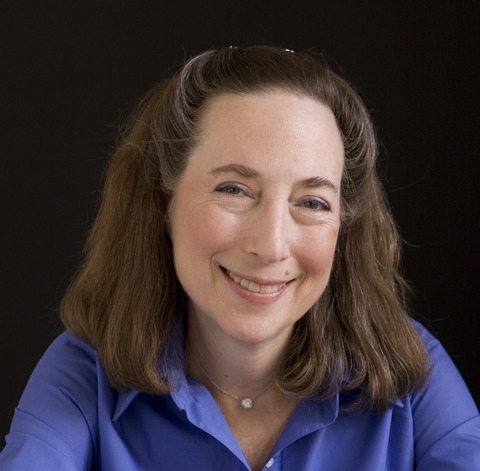
Rose Levy Beranbaum’s Renee Fleming Golden Chiffon Cake – Photo Courtesy of Ben Fink and the Real Baking with Rose Web Site
As a dessert glutton, an advanced beginner baker (but don’t ask me to use a pastry tube or whip egg whites), and fan of cookbooks with photos of glorious desserts, I eagerly awaited the 92nd Street Y’s program (in Manhattan) featuring Rose Levy Beranbaum. Rose is a noted cookbook author who is famous for her meticulous recipes as well as the deliciousness and beauty of her creations. Her first cookbook, The Cake Bible, was published 26 1/2 years ago and she just published her 10th cookbook, The Baking Bible.
She was interviewed by Lucinda Scala Quinn, Senior Vice President & Executive Editorial Director of Food at Martha Stewart Living, and author of four cookbooks.
Here are some highlights from the interview with Rose:
■ The Internet is fearsome for publishers and authors. If you can find recipes online, do you really need cookbooks? But interesting things happened. People who purchased Rose’s cookbooks started contacting her with questions and comments. A community of bakers was connected through her books. And groups of people started baking every recipe in her books. In fact, for The Baking Bible, a group of “Beta Bakers” (recipe testers) were given the recipes before publication of the book.
■ And this community is international. A baker in India was not able to locate Philadelphia brand cream cheese and wasn’t sure what to use in its place. Another baker in India was able to suggest a good, locally available substitute.
■ Chocolate Chip Cookies are to American baking what Financiers are to French baking. (Larousse Gastronomique defines a Financier as: “A cake made from a sponge mixture using ground almonds and whisked egg whites.”) Both treats are characterized by few ingredients but many variations from one bakery to the next.
■ When I asked about baking trends—what’s popular now that wasn’t years ago, Rose replied “Cronuts.” And she added Red Velvet Cake to this list. But she developed a Red Velvet Cake recipe she was happy with. In fact, a photo of her Red Velvet Cake, the “Red Velvet Rose,” occupies a place of honor—the back cover—of The Baking Bible.
■ Rose started writing cookbooks because she needed a way to keep track of the details (notes) she worked out while she was baking. She later began working with Woody Wolston, who was not a professional baker, enabling Rose to fully appreciate the challenges faced by less experienced bakers. And Rose’s nickname for their ongoing collaboration is Team “RoseWood.”

Rose’s Pecan Pie (Baked in a Tart Pan) – Photo Courtesy of Ben Fink and the Real Baking with Rose Web Site
A few of Rose’s tips and explanations:
■ She usually doesn’t use almond extract. She thinks it can impart an artificial taste. But it pairs beautifully with cherries so she uses almond extract in her Sour Cherry Pie. Rose pits the cherries by hand so they don’t get crushed. And to ensure the cherries keep their shape, she stuffs them with currants.
■ As I absolutely adore white chocolate, I was thrilled to hear Rose say that while she likes the flavor of white chocolate, she prizes it even more for its texture. Baking with white chocolate ensures a higher rise and a more velvety texture.
■ If baking powder is old, the top of a cake will be dome-shaped, instead of flat.
■ Ingredients should be weighed.
■ Carrot cakes are usually made with oil, instead of butter. These cakes typically sport a cream cheese frosting/filling, and if made with butter they’ll firm up too much in the refrigerator. (Cakes with cream cheese need to be kept cold.)
Hmm, my big decision is trying to figure out which Baking Bible recipe I’ll make first.



